It was meant to be his last appearance as James Bond – but it most certainly was his first in an American car chase: “Get in the car,” Sean Connery tells his co-star Jill St. John, “and if you see a mad professor in a minibus, just smile.” With a roaring big block up front and a somewhat lively tail, the red Mustang storms through the Nevada Desert and eventually reaches the neon boulevards of night-time Las Vegas. Naturally, a wild chase with the local Sherriff ensues, which leads into one of the most spectacular – if not flawed – stunt scenes in the early Seventies. Bond tips the Ford onto two wheels and directs it through a narrow alleyway to evade his pursuers and disappear into the night. Four Mustangs were destroyed before stuntman Buzz Bundy successfully returned the car to four wheels – but an oversight in continuity meant the car exited the passageway on the wrong pair of wheels, necessitating an awkward post-production interior shot of the car unrealistically changing pitch.
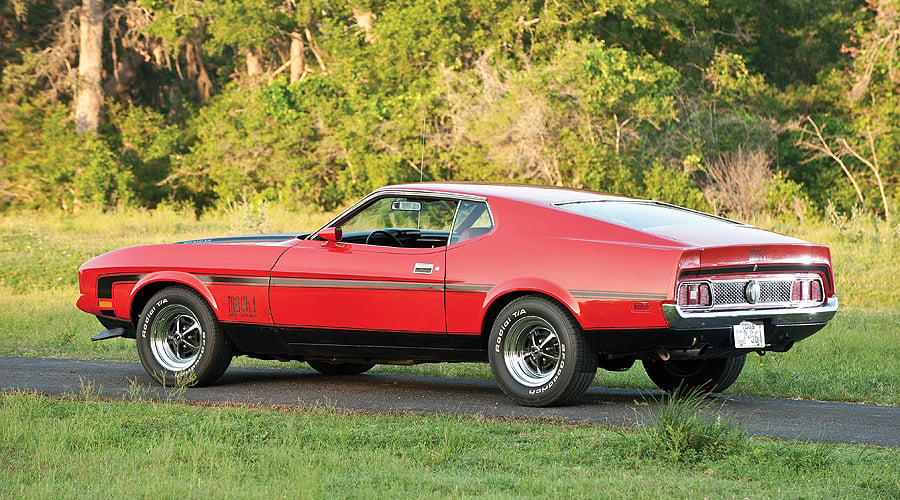
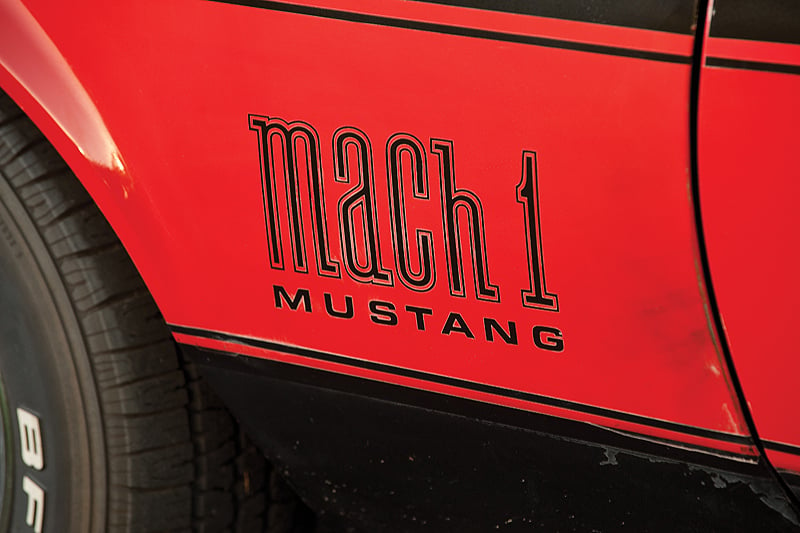
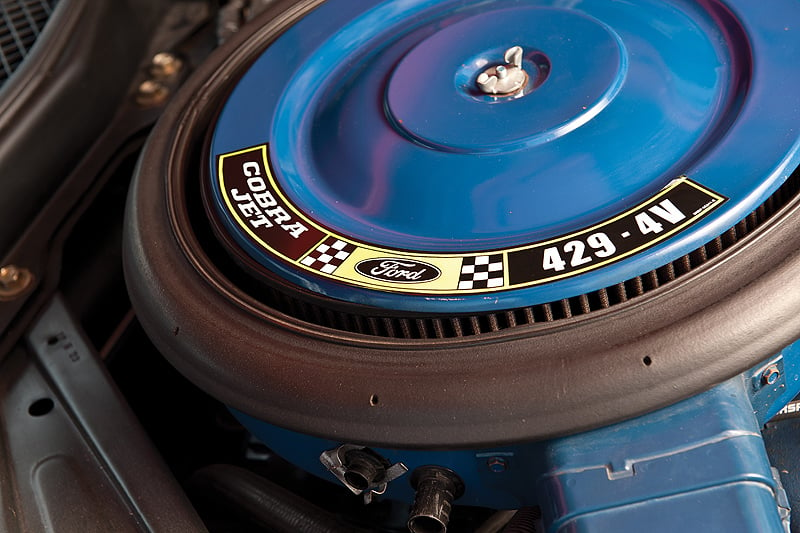
The fact that James Bond used a Mach 1 for his first foray into the American automotive world was no accident. Since 1969, the performance model had been Ford’s flagship, and the defending champion in the highway derby with the Chevrolet Camaro and Pontiac Firebird. It used a Super Cobra Jet Ram Air V8 engine of 7.0-litre capacity (429 cubic inches in American currency), good for a highly respectable 375bhp which guaranteed monstrous straight-line abilities. This was highlighted by the chosen model name ‘Mach 1’: Ford chose it to reference the supersonic aircraft of the ‘Jet Age’, also distinguishing it from its less potent brethren.
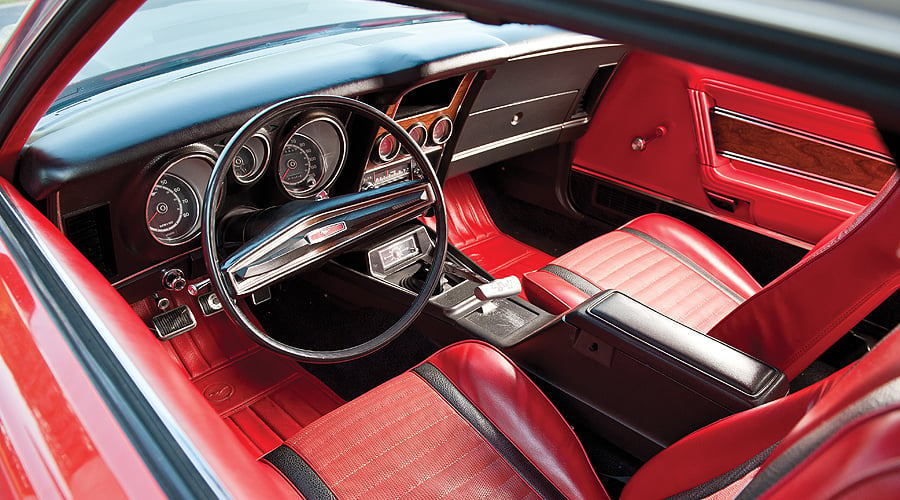
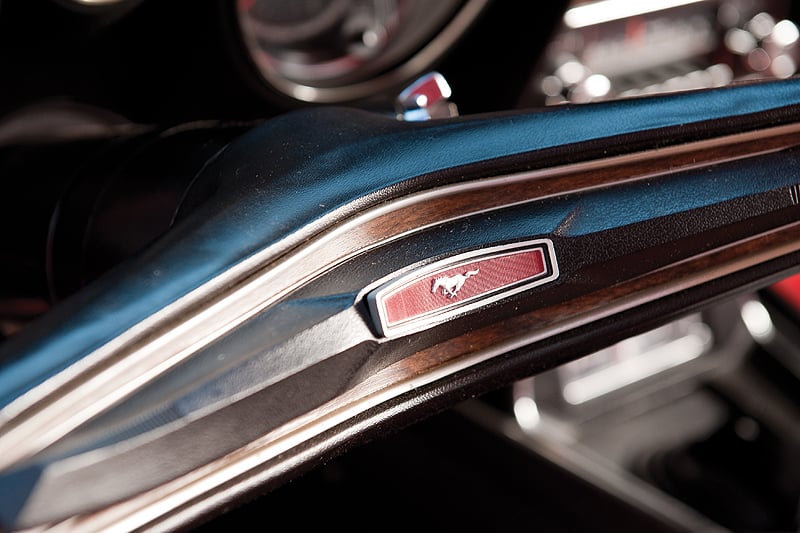
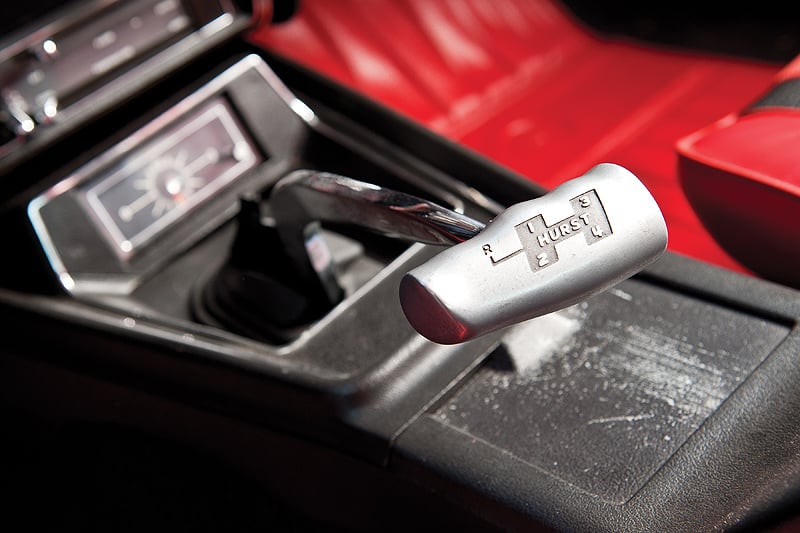
Those that specified their Mustang in Mach 1 guise had a single bodystyle option, as it was offered only in the fastback ‘Sportsroof’ form. Mach 1s were visually differentiated by a styling package which included a vented bonnet painted in matt black with matching side stripes (though Bond’s understated early model had a body-coloured bonnet with no side stripes), chrome fuel-filler cap and tail-pipes, Goodyear tyres, sports suspension and a fully equipped interior. As part of the model development in the early Seventies, the Mach 1 grew in length and width; however, this was reversed in the car’s second generation, with the oil crisis looming. Rather than pure muscle, the 1973 Mustang II focused on small dimensions and increased luxury.
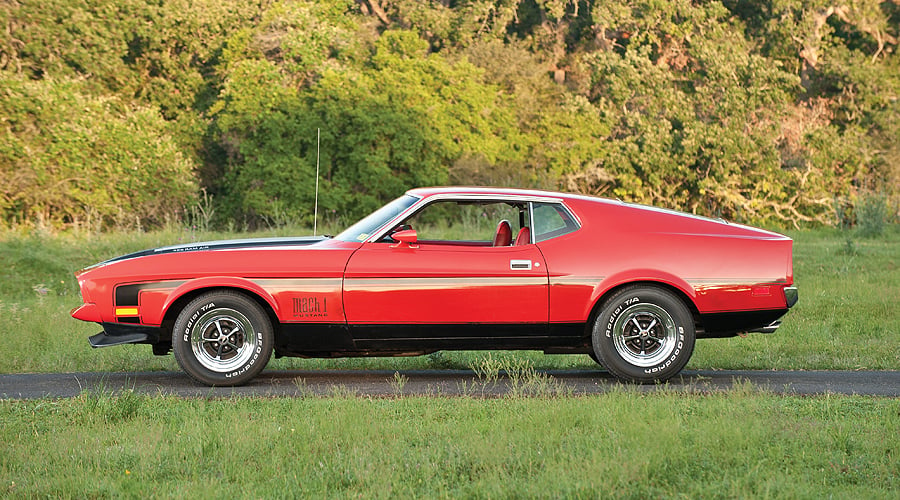
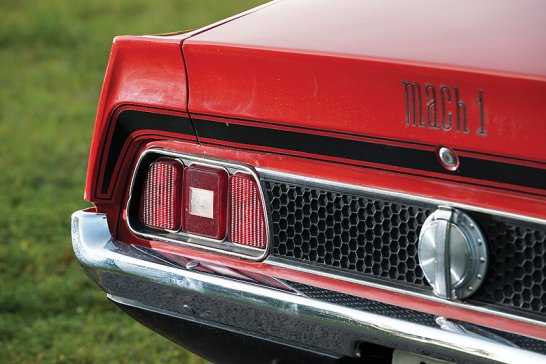
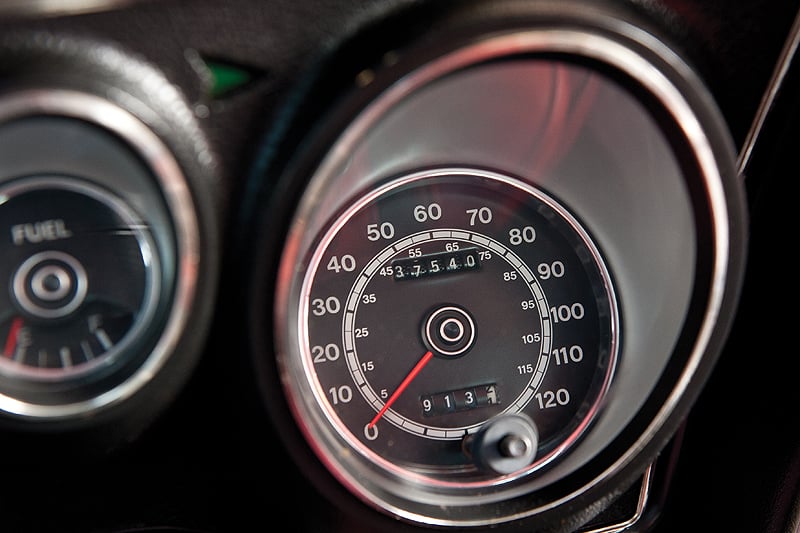
Nowadays, the high-powered Fords are much sought-after by collectors. Although the company has since revisited the Mach 1 theme, many pony car connoisseurs hold those from the years 1969 through to 1973 in the highest regard. In the United States, the originals can still be found at auction fairly regularly – indeed, the 1971 car seen here will soon go under the hammer in Texas, with an estimated value of 70,000 to 90,000 U.S. dollars. Diamonds might be for eternity; but a genuine muscle car of the 1970s also represents a worthwhile investment.
Photos: Darin Schnabel © 2012 Courtesy of RM Auctions











